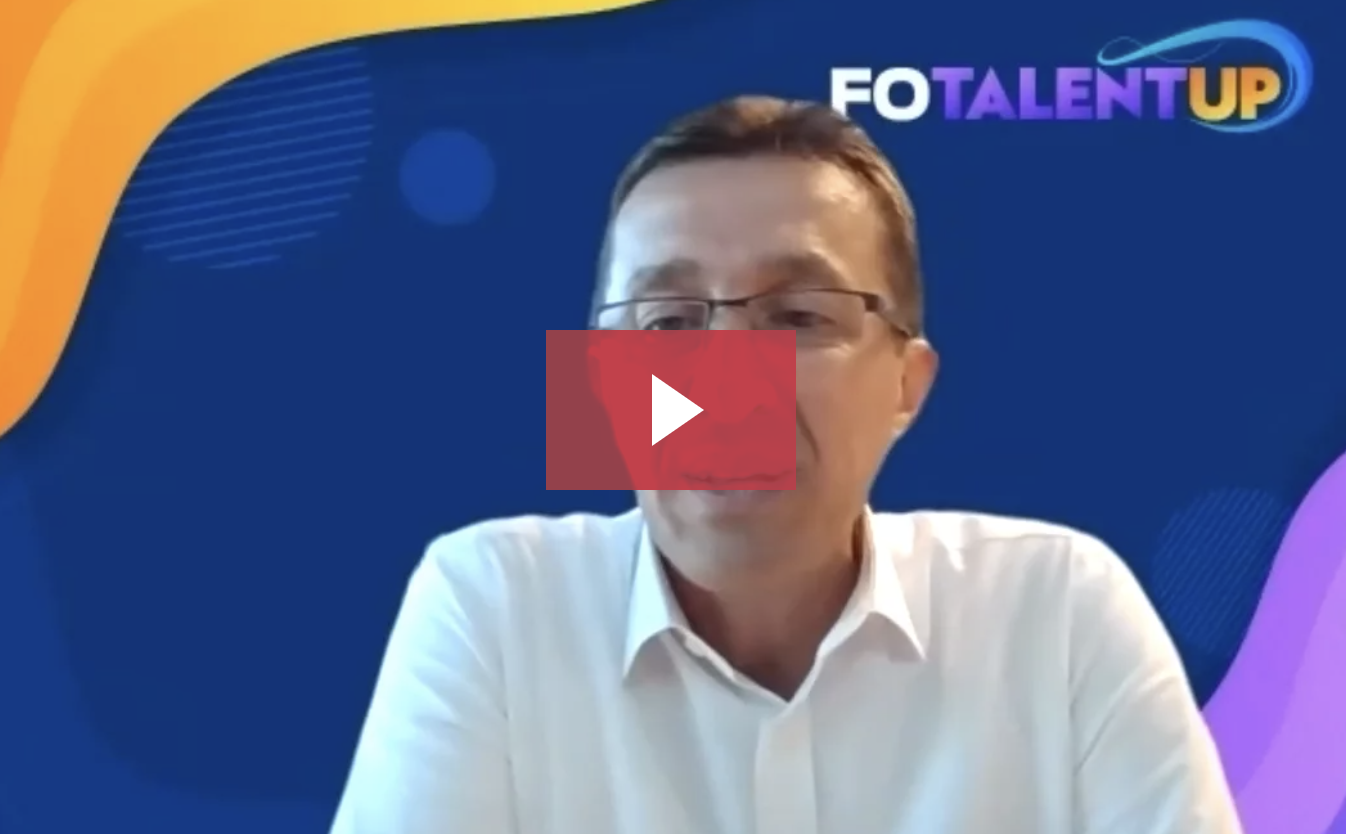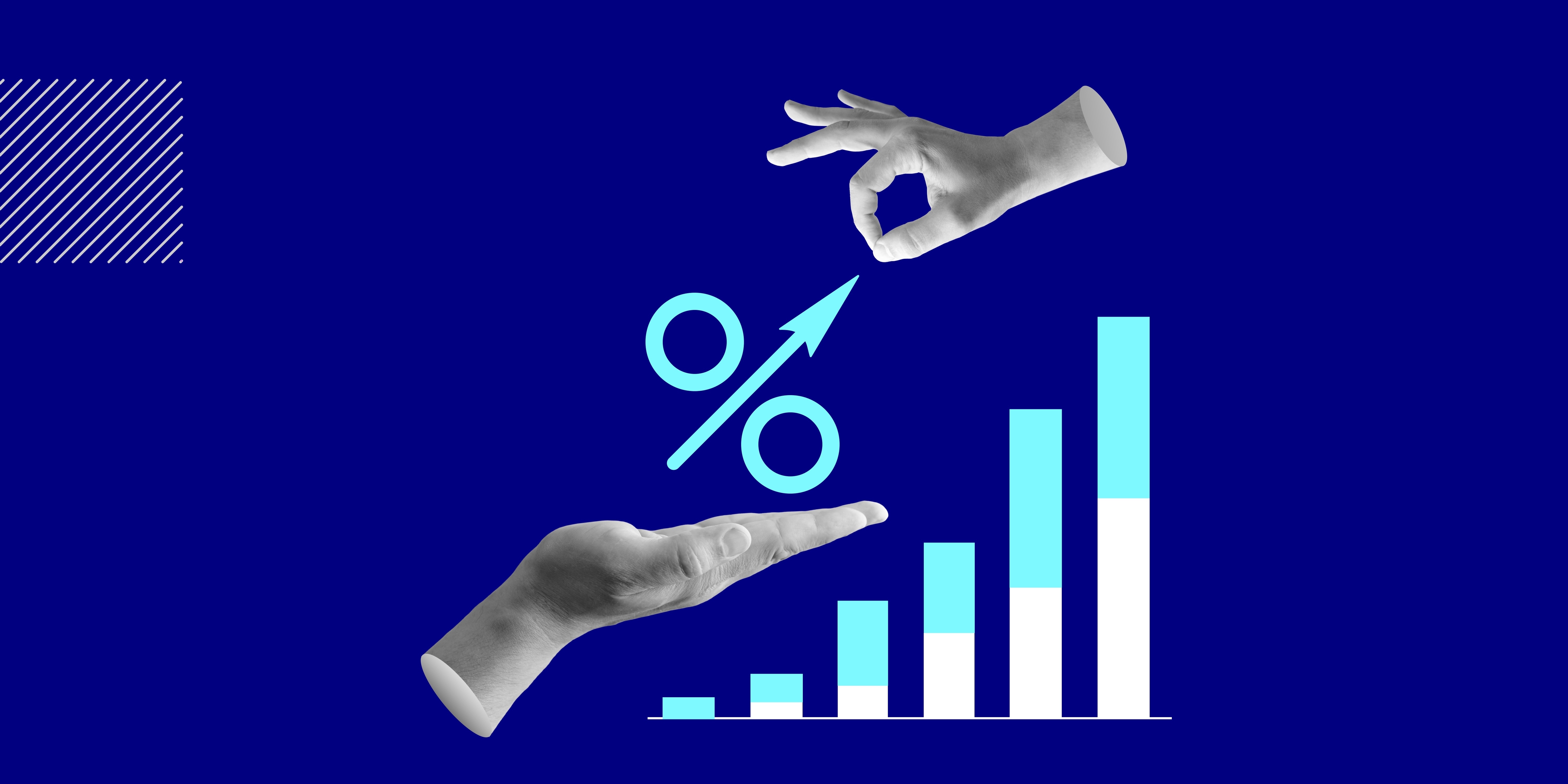Everything you want to know about workforce diversity and inclusion
It’s time to step up your diversity and inclusion efforts in the workplace.

Workforce diversity and inclusion (D&I) efforts are no longer solely HR priorities. Nearly one in two CEOs count building a diverse, equitable, and inclusive workforce as one of their top challenges.
Leaders in every business function recognize that D&I initiatives aren’t optional; they’re non-negotiable. As the power dynamics of the employee-employer relationship shift in workers’ favor, workforces are calling for change. People want to see their employers make a difference, and they’re willing to jump ship if these expectations aren’t met. In fact, 39% of employees say they would leave their employers for an organization that is more inclusive.
Many businesses are stepping up their D&I strategies in an effort to meet their people where they’re at. Most issue statements, surveys, and scorecards, but few have gone beyond this exploration stage and started taking action. Although there’s still a lot of uncertainty about what meaningful D&I strategies look like, organizations that are committed to leveling the playing field must start taking action. And fortunately, there are a few best practices that all leaders can prioritize to maximize their strategy’s impact.
What is workforce diversity? – Definition
While the terms diversity and inclusion in the wokplace are often paired together, they don’t mean the same thing. Workforce diversity refers to the variety of different perspectives represented within an organization.
Race and ethnicity often come to mind when diversity is discussed, but the term is actually much broader than that. It includes gender, sex, socioeconomic background, age, ability, upbringing, religion, education, sexual orientation, neurodiversity, and life experience. Employers who are committed to creating diverse workplaces make a concentrated effort to hire people from all walks of life and amplify voices from across their organization.
What is inclusion in the workplace?
Inclusion means that individuals should not be denied access to career development opportunities, training, or promotions based on what makes them unique. It’s about empowering all employees and recognizing the unique skills and experiences that everyone brings to the table.
Some leaders make the mistake of focusing on diversity while overlooking inclusivity. This is a major problem because both aspects of D&I are important. Without inclusion, diversity can result in a toxic culture. Some employees may perceive D&I efforts as tokenism, suggesting that your organization is only hiring people from underrepresented groups to prevent criticism. Your workforce will feel out of place and unsupported if your diversity efforts aren’t paired with a focus on inclusivity.
The benefits of diversity and inclusion in the workplace
Having a diverse and inclusive workforce is a serious advantage that impacts every aspect of your business and your employee experience. Some of the most noteworthy benefits include:
Better performance
When employees feel like they belong at your organization, they’ll be empowered to do their best work. A study by industry analyst Josh Bersin found that highly inclusive organizations generate 2.3x more cash flow per employee, 1.4x more revenue per employee, and are 120% more capable of meeting financial targets. Additionally, a McKinsey study found a strong correlation between companies with more diverse teams and improved financial performance.
Enhanced brand reputation
Diversity and inclusion efforts will have a major impact on how your brand is perceived, both by employees and consumers. If you set your business apart as a brand that is fully committed to creating a diverse and inclusive workplace, you can expect a boost in employee morale and customer loyalty.
Superior engagement and retention rates
Businesses that are more diverse are likely to benefit from higher rates of workforce engagement, according to Deloitte research. Employee engagement is a top priority for most organizations, especially as the war for talent intensifies. If your people are actively participating in your workplace culture and feel inspired to achieve their full potential, they will be far less likely to seek out opportunities with other companies.
Increased creativity and innovation
To maximize creativity and innovation, you need to bring together people with different perspectives and unique ways of doing things. A diverse group of employees will be able to generate ideas that no single individual could have thought of alone. According to Korn Ferry, diverse and inclusive organizations are 70% more likely to capture new markets and 19% more likely to see higher innovation revenue.
The top workforce diversity and inclusion challenges to watch out for
There’s no doubt that the benefits of prioritizing diversity and inclusion will far outweigh any hurdles you might encounter. Yet, there are a few challenges leaders should prepare for:
Miscommunications and misunderstandings
With more ideas and a greater number of perspectives comes a higher risk that information might slip through the cracks—or worse, be taken out of context. Your employees may also have different expectations around workplace culture and etiquette. Instead of trying to minimize these differences, encourage ongoing communication, respect, and transparency to help everyone see eye-to-eye.
Slower decision-making
Multiple perspectives and viewpoints are beneficial, but they can also extend the decision-making process by adding more options to consider. While it may make some processes feel more tedious at first, diverse opinions can ultimately lead to greater efficiency by enabling you to troubleshoot and avoid missteps that could otherwise prove costly.
Discrimination
As you diversify your team, you run the risk that some employees may be discriminated against, or left out of crucial discussions. That’s why it’s so important to prioritize inclusivity simultaneously. Leaders need to ensure that diversity initiatives go hand-in-hand with a strategy to promote inclusion by mitigating bias and increasing access to career development opportunities.
5 Steps you can take to promote diversity and inclusion in the workplace
If you’re looking to take your workforce diversity and inclusion efforts to the next level, here are a few steps you should consider to get started:
#1. Prioritize inclusion
From the start, you need to make sure diversity and inclusion go hand-in-hand. Many leaders make the mistake of prioritizing diversity during their hiring processes without setting up initiatives to ensure employees feel like they belong once they come on board. If your workplace isn’t inclusive, your diversity efforts will fall flat because the people you bring in won’t be set up for success, and may not stick around.
#2. Democratize access to opportunities
Without a level playing field, your employees will never feel fully included in your workplace culture. In many organizations, subjective criteria like likeability or networking determine who gets access to growth and skill-building opportunities.
Businesses need to take an objective approach to talent management based on employees’ capabilities, experiences, and long-term goals. Talent marketplaces ensure internal mobility is determined by competencies and ambitions, rather than subjective factors that will count some of your people out without recognizing their potential.
#3. Recognize bias
Unfortunately, bias will always be present, even in diverse and inclusive workplaces. Humans are inherently biased and there are always factors that will subconsciously sway our decisions.
Although it might be impossible to entirely remove bias, tech-enabled solutions can minimize it significantly. Since talent marketplaces use ethically constructed AI with multiple built-in safeties, many organizations are leveraging these platforms to help them make talent management decisions that are virtually bias-free.
#4. Launch a mentoring program
Inclusive workplaces set every employee up for success by removing the barriers that have traditionally held some employees back. Mentorship programs are a powerful initiative that can help employees expand their networks and hone the skills they’re looking to build.
The best mentorship programs pair employees based on skills and goals, rather than seniority. It might be difficult to complete this matching process manually, but AI-powered talent marketplaces can seamlessly align employees based on skills and ambitions in a matter of seconds. As a result, it will be much easier to scale your mentoring program so that every member of your workforce can get involved.
#5. Diversify external talent pools
If you want to drive lasting change, you need to reimagine every stage of the employee lifecycle, and that starts with recruitment and hiring. To maximize the impact of your D&I efforts, talent acquisition strategies must attract employees from all backgrounds and walks of life.
Much like bias can hinder internal mobility, it can also limit how diverse your external talent pools will be. Traditionally, recruiting processes have often failed to give candidates from underrepresented groups the same visibility as their colleagues. Fortunately, a new generation of talent acquisition technologies led by SmartRecruiters is transforming external hiring processes by removing the barriers and biases that once held some qualified applicants back.
Customer spotlight: How Seagate leverages its talent marketplace to drive lasting change
Today, an increasing number of organizations are harnessing talent marketplaces to promote meaningful D&I initiatives. Seagate, the global data storage leader, is one such enterprise. In September of 2020, leaders made a decision that would flip their approach to talent management on its head. Rather than looking to external hires to support shifting business priorities, Seagate embarked on a large-scale redeployment underpinned by their talent marketplace.
Their platform has not only enabled the business to achieve resiliency; it has also revolutionized D&I efforts. As their Director of Talent Mobility and Talent Technology, Divikiran Kathuria, notes, “First and foremost, anyone using a talent marketplace will be immediately able to discover hidden talent—candidates and skills they didn’t know existed. And they’ll be able to experience how diverse, valuable, and capable these discovered candidates are.”
As diversity and inclusion rise to the top of leaders’ priority lists, businesses will need to adopt new tools and new frameworks that make leveling the playing field possible.




